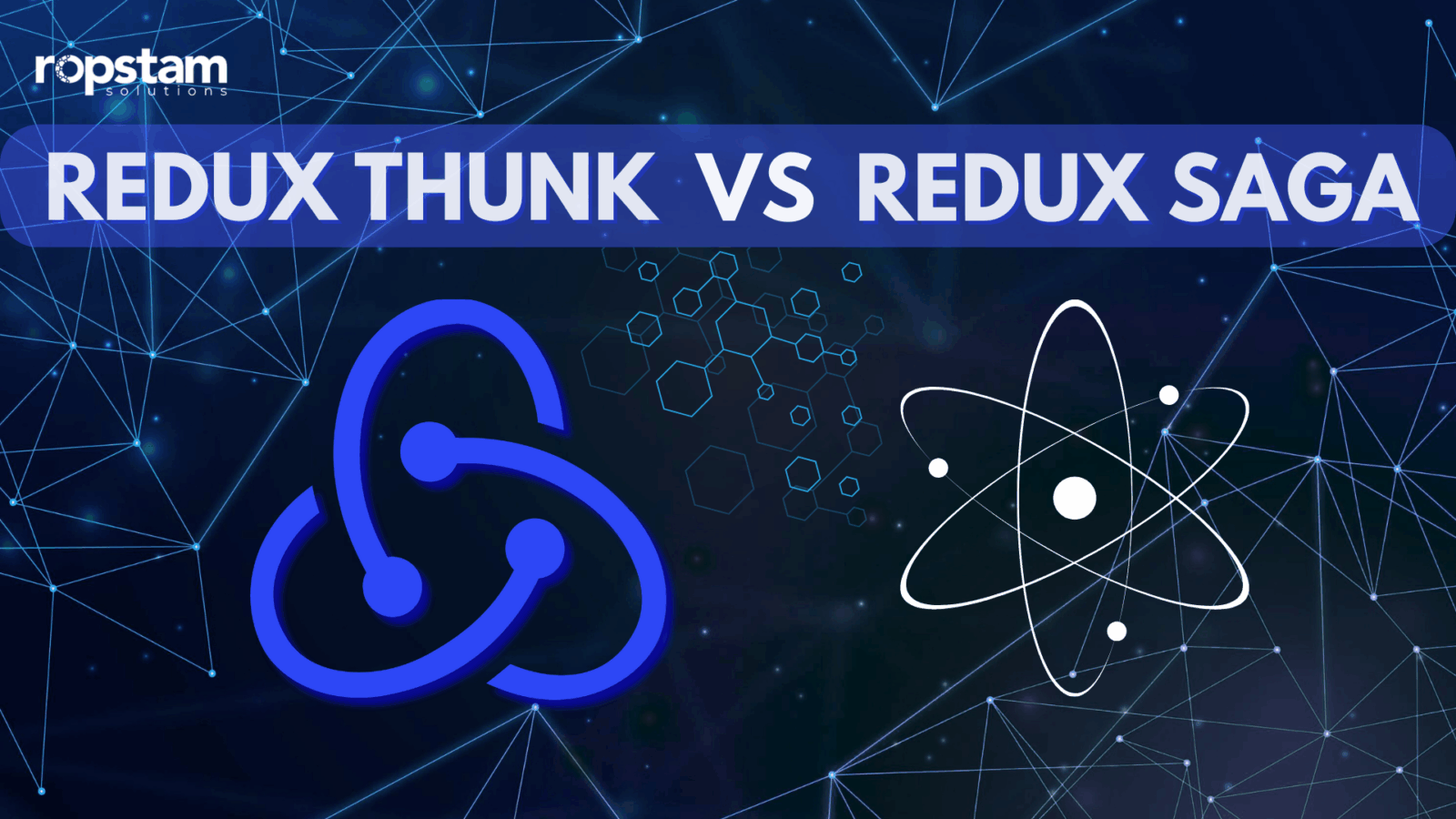For any project, requirements hold a key value. Well-defined requirements help project managers in organizing projects in an effective manner and identify ways to measure the success of a project. While it seems straightforward, creating requirements is a complicated task that involves several sub-procedures. This article briefly explains project requirements and critically analyzes the role of business requirements and functional requirements.
Business Requirements vs Functional Requirements – In-depth Comparison
There are many types of project requirements, such as functional requirements, technical requirements, non-functional requirements, data requirements, etc. The two most common types of requirements are business requirements and functional requirements. Before comparing business and functional requirements, we will discuss the function of each requirement to illustrate the key points.
What are Business Requirements?
Business Requirements focus on a particular organization’s specific goals or high-level objectives. Such requirements can be classified as high-level requirements, positioned at the top of the requirements paradigm. These requirements are provided by primary stakeholders such as clients, users, or business managers to ensure that the project aligns with the objectives of the organization.
Key Characteristics of a Business Requirement
- Strategic Focus: Business Requirements are strategically oriented and answer the “why” behind the project. They outline the business problem or opportunity that the project seeks to address.
- Non-Technical Language: These requirements are written in simple, non-technical language to ensure that all stakeholders can understand and provide input.
- High-Level: Business Requirements provide a broad overview of the project’s scope, objectives, and desired outcomes without delving into specific details.
Example of a Business Requirement
If the aim of the project is to develop a mobile application to digitize the manual bookkeeping service of a local shop, the business requirement can be defined as “create an optimized mobile app that can record and keep track of all the purchases in a categorized form to enhance customer experience and increase sales revenue by 20%.”

What are Functional Requirements?
These requirements identify the steps that are to be undertaken in order to achieve a particular goal. These requirements dig deeper into the technical aspects of a project, encompassing the functionalities and feature a system must have to meet the business requirements.
Key Characteristics of a Functional Requirement
- Technical Details: These requirements are more technical in nature, specifying the functionalities, inputs, outputs, and interactions of the software.
- Specific and Measurable: Functional requirements are precise and measurable, allowing for a clear evaluation of the delivered solution.
- Traceable: They can be traced back to the corresponding Business Requirements, ensuring that every functionality aligns with the overall business objectives.
Examples of a Functional Requirement
For example, if the goal of a project is to create a visually appealing mobile application to digitize the manual bookkeeping of a local grocery store, functional requirements can be defined as follows:
- User Registration and Login: Users should be able to create accounts and log in securely to access the mobile application.
- Inventory Management: The app should allow store owners to add, update, and delete items in the inventory. Each item should have details like name, description, quantity, and price.
- Sales and Purchase Recording: Store owners should be able to record sales and purchases through the app. Each transaction should include the date, item(s) sold or purchased, quantity, and amount.
- Digital Receipts: The app should be able to generate digital receipts for each transaction. Receipts should display transaction details and store information.
- Order History: Users should be able to view a history of all past transactions and sales. The order history should be searchable and sortable.
Conclusion
In conclusion, software business requirements and functional requirements are integral components of any software or web development project. While business requirements provide the project’s strategic direction and overall business objectives, functional requirements define the specific functionalities and features required to achieve those objectives.
Both types of requirements are essential for a successful project, ensuring that the final product aligns with the organization’s goals and meets the users’ needs. Clear and well-defined requirements lay the foundation for a smooth development process, leading to a high-quality solution that satisfies stakeholders and users alike. By acknowledging the importance of both types of requirements and establishing a strong relationship between them, project teams can set the stage for success and deliver exceptional results.













